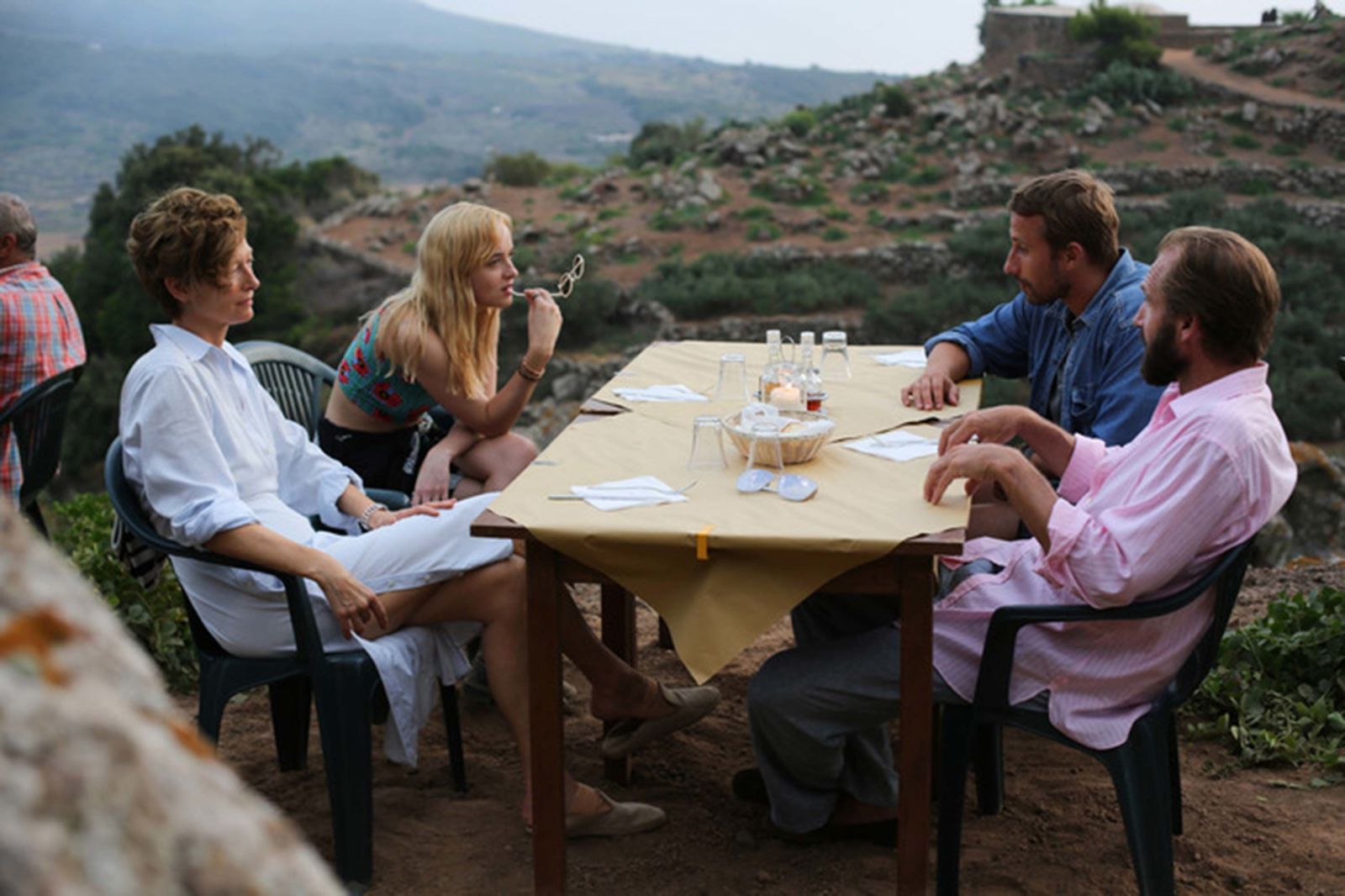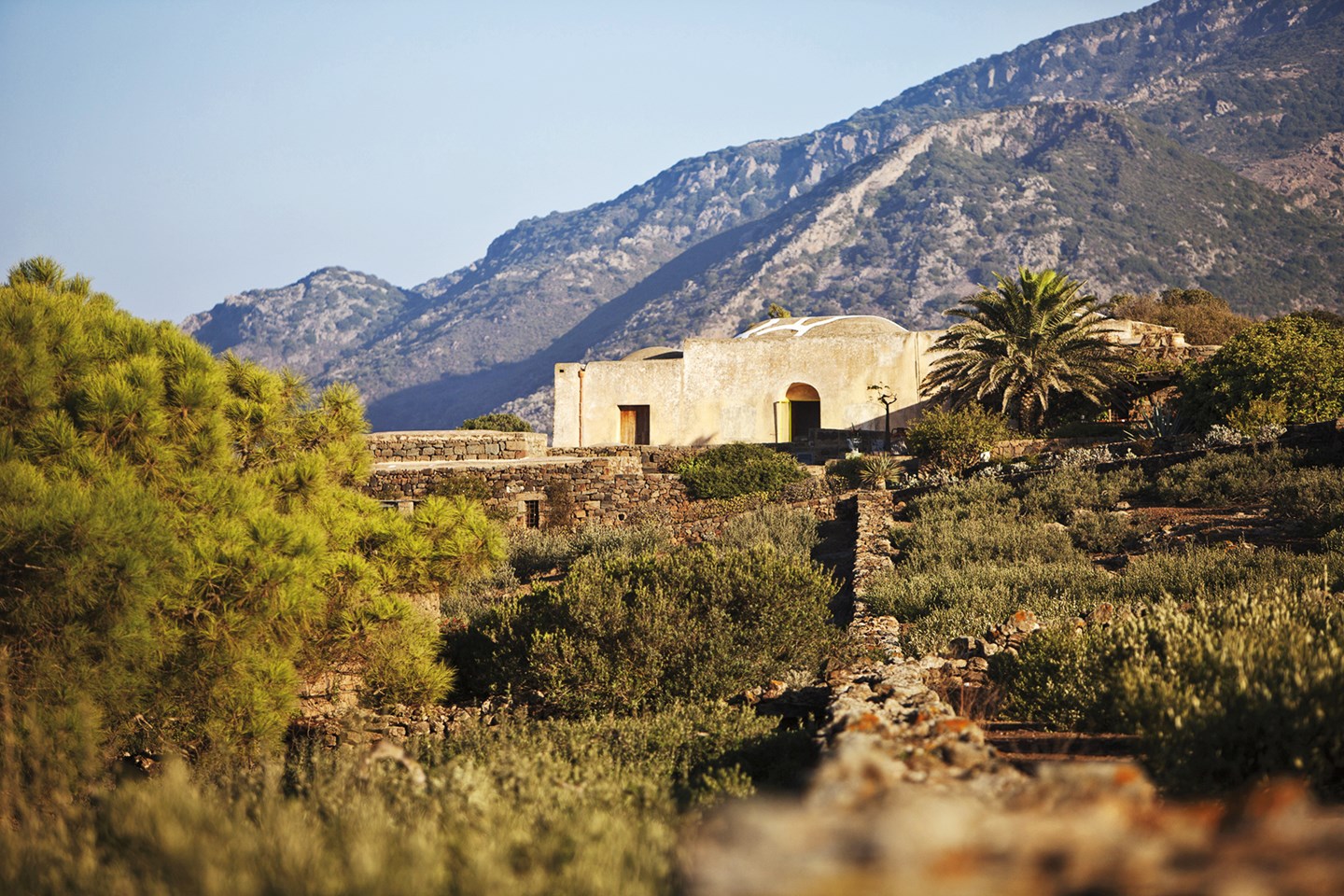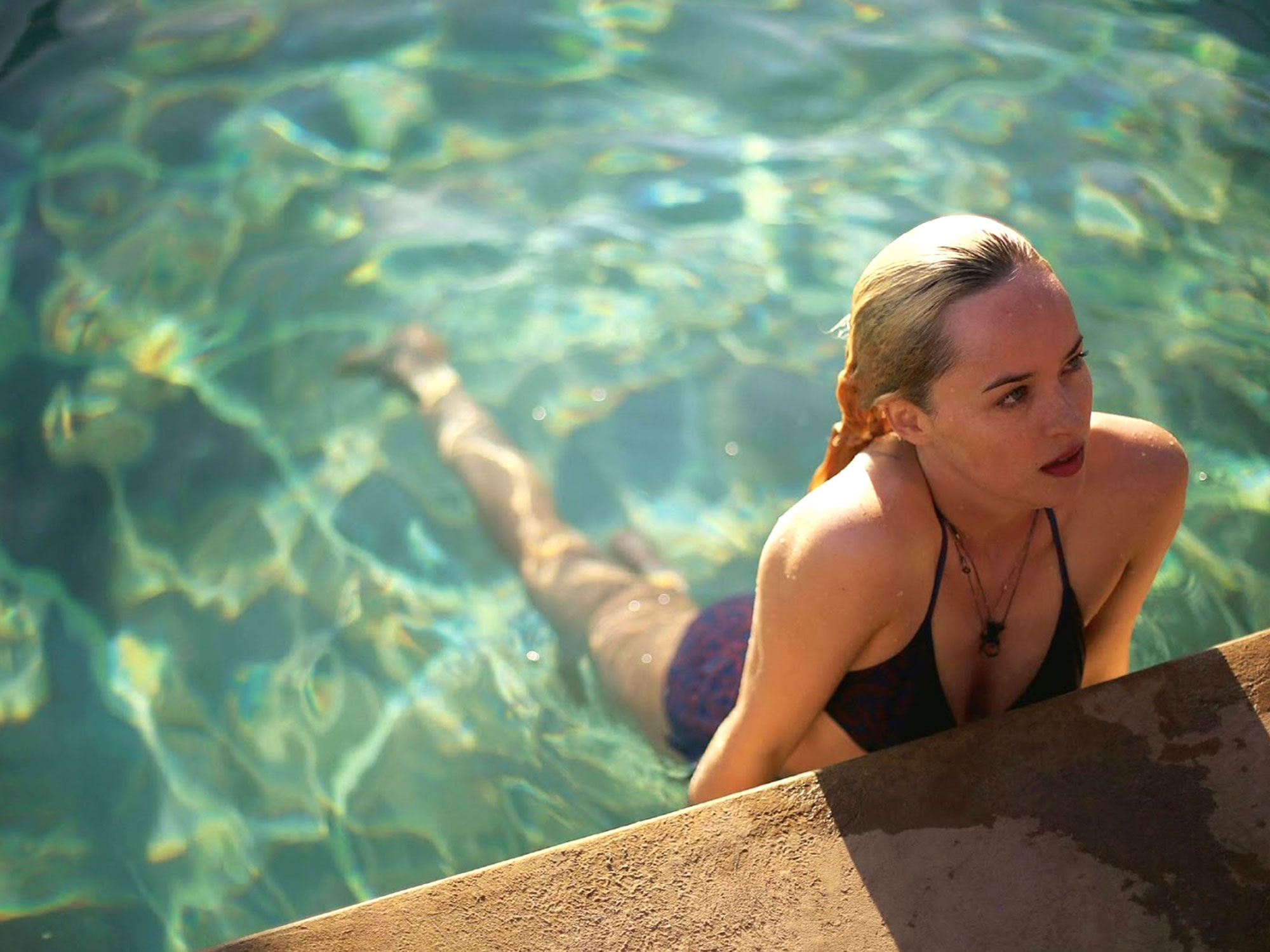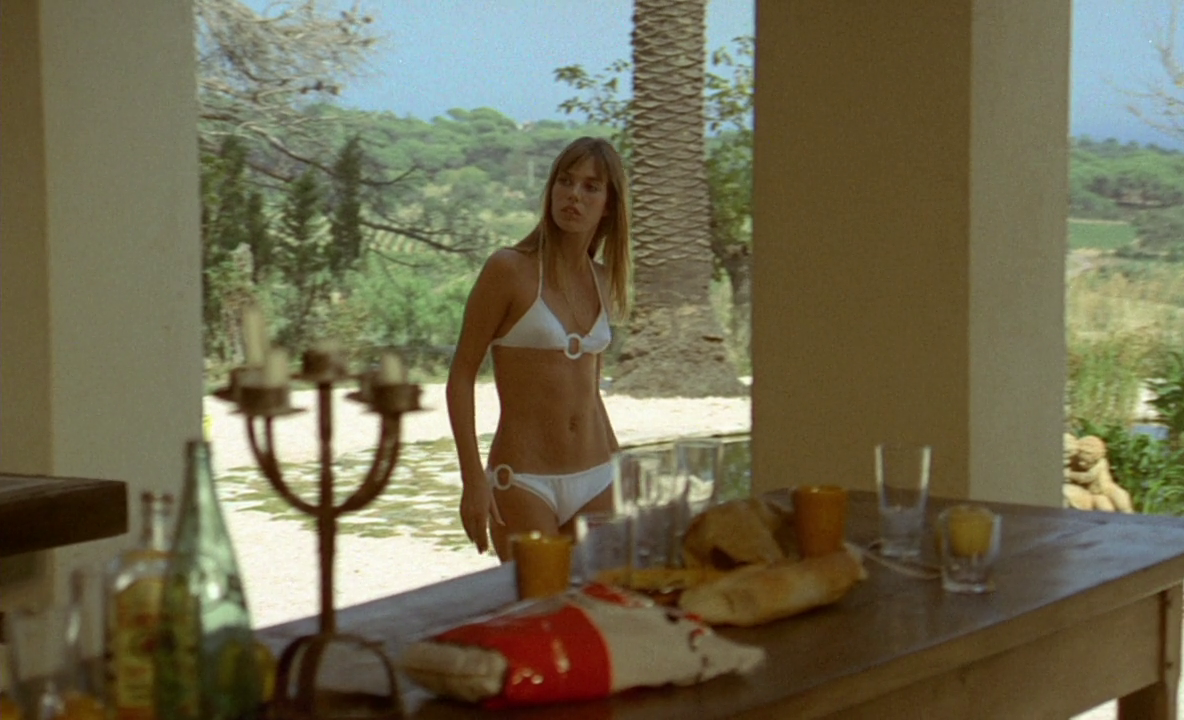How are “A Bigger Splash” and French New Wave classic “La Piscine” related?
Quick Answer: Italian filmmaker Luca Guadagnino’s A Bigger Splash is based on Jacques Deray’s La Piscine, but only in its basic framework. The characters’ relationships are the same, the primary setting of a vacation home (with a pool) is the same, and the same dark twist occurs near the end of each film. Both A Bigger Splash and La Piscine explore the complexity of relationships and the manipulative power of desire, but the directors’ approaches and the resulting onscreen worlds they create are entirely different.
A Bigger Splash (2016) is a remake of the French New Wave thriller La Piscine (1969) in the sense that the films have similar structures. A Bigger Splash repurposes the basic plot from its predecessor, although Luca Guadagnino’s film is more interested in the nuance of characters’ behaviors than the story arc. At a roundtable interview before A Bigger Splash‘s release, Guadagnino said he was skeptical when Studio Canal initially approached him to direct a remake of the Jacques Deray classic. “It wasn’t my cup of tea,” he said. But he changed his mind, considering the possibility that he could use the film as a template upon which he could build a new story. Guadagnino partnered with screenwriter David Kajganich to embrace the creative challenge. “I thought it was a good starting point to explore how people interact with one another in passion, and [I wanted] to describe that in a truthful way and hopefully not a conventional way.”

Tilda Swinton, Dakota Johnson, Matthias Schoenaerts and Ralph Fiennes in A Bigger Splash (2016)
One of the most obvious parallels between A Bigger Splash and La Piscine is in the characters’ names and the technicality of their relationships. In La Piscine, Marianne (Romy Schneider) and her failing writer boyfriend Jean-Paul (Alain Delon) are on vacation at a villa near Saint Tropez when Marianne’s former lover Harry (Maurice Ronet) and his daughter Penelope (Jane Birkin) crash the couple’s stay. A Bigger Splash has the same premise, but the characters’ circumstances are different. Rock legend Marianne Lane (Tilda Swinton) is on vacation with her filmmaker partner Paul (Matthias Schoenaerts) on the island of Pantelleria as she recovers from a vocal surgery that renders her nearly mute. When Marianne’s ex, loudmouth record producer Harry (Ralph Fiennes) arrives on the island unexpectedly with his daughter Penelope (Dakota Johnson), tension builds among the group and miscommunication ensues.
 Pantelleria
Pantelleria
While the films are similar in premise — their respective plots unfold in and around the villas’ pools — the setting of Guadagnino’s film is vital to the story whereas the South of France simply acts as a stylish backdrop in La Piscine. A Bigger Splash was filmed in Pantelleria, a volcanic island in between the coasts of Sicily and Tunisia, where many North African immigrants escape to on their way to Europe. At the roundtable interview, Guadagnino explained the significance of the island setting in its reflection of the characters: “The idea was to have this quartet of people who are drawn to one another and are completely invested in their own problems…they don’t see what is around them. They only pursue one another.” He wanted to create a friction between the self-centered characters — for whom the only worlds that matter are the Eden-like enclave they’ve created at the villa and the nostalgic world of rock and roll in Marianne and Harry’s shared past — and the island of Pantelleria, whose residents have much more urgent problems than those of their visiting celebrities.
The setting of A Bigger Splash is not only vital in its subtle critique of celebrity culture, but also in its reflection of the film’s themes. Pantelleria is a place of harsh contrasts: the warmth of the sun and the cool tones of the Mediterranean aesthetic against the strong winds, rain and sharp edges of the volcanic rock. Pantelleria is a kind of metaphor for romantic relationships in its co-existence of pleasure and pain. As written by Anthony Lane in his review of A Bigger Splash for The New Yorker: “The characters laze and roast beneath the sun, glowing like peaches in the heat, yet ripeness is not all; it has to contend with harshness, and you wince when a woman lies down near the sea, her bare flesh bedded on the coral-rough rocks.”

Dakota Johnson as Penelope in A Bigger Splash
Both La Piscine and A Bigger Splash are about the complexity of relationships and the driving force of desire. The Penelope character, played by Jane Birkin in the former and Dakota Johnson in the latter, has the lowest stakes in her relationship, as in both films she has only just met her father. Each Penelope follows her temptation freely, leading her to Paul. Neither film shows whether Penelope and Paul have sex, but it seems implied. In the roundtable interview with screenwriter David Kajganich, he discussed the use of nudity in the film as a weapon of desire: “I think [nudity] is interesting as a way of gauging who of these four characters is comfortable in his or her own skin. Who’s doing it as a provocation, who’s doing it as a manipulation.”

Jane Birkin as Penelope in La Piscine (1969)
A Bigger Splash was modeled off of the cult classic La Piscine, but the film is not a remake in the traditional sense. Guadagnino and Kajganich built a fresh story and an entirely new world from the platform of a basic premise: four characters + a villa’s pool + an unexpected morbid twist. Both films are interested in the disruption of relationships that previously existed in an Eden-like state, and in the politics of desire.
This summer, Guadagnino and Kajganich will team up again to remake of Dario Argento’s 1977 horror film Suspiria, starring Tilda Swinton and Dakota Johnson. If A Bigger Splash is any indication of this team’s idea of a “remake,” Suspiria will be most memorable not for the ways that it is similar to the original, but for its fresh and unexpected departure from the source.

